
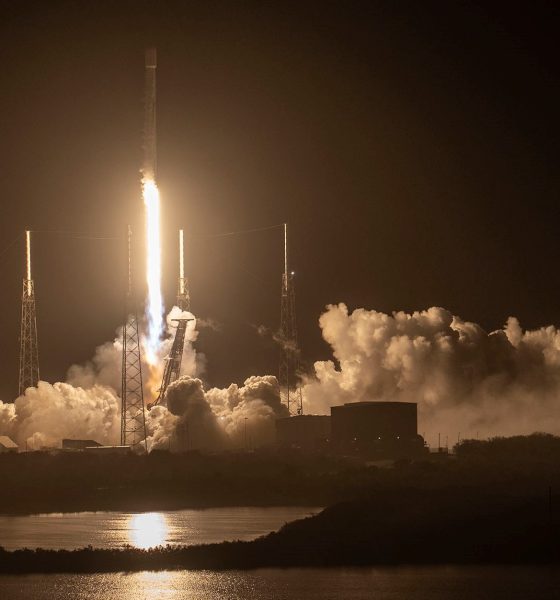
News
SpaceX expends third Falcon booster in one month
SpaceX has expended a Falcon booster for the third time this month, breaking an odd internal record for a company famous for reusable rockets.
Demonstrating why SpaceX often attempts to launch even when weather forecasts predict a 10% chance of favorable conditions, Falcon 9’s second launch attempt of the day went off without a hitch after the first attempt – Cargo Dragon’s CRS-26 space station resupply mission – was scrubbed by weather six hours prior. Flying for the eleventh and final time, Falcon 9 booster B1049 lifted off from SpaceX’s Cape Canaveral Space Force Station (CCSFS) LC-40 pad at 9:57 pm EST (02:57 UTC) carrying French communications provider Eutelsat’s Eutelsat 10B satellite.
B1049 – the oldest booster in SpaceX’s fleet – took advantage of the extra performance enabled by removing landing hardware and propellant reserves and reached a peak velocity of 2.75 kilometers per second (~6150 mph) before separating from Falcon 9’s upper stage. Lacking the propellant needed to slow down, B1049 was likely destroyed when it reentered Earth’s atmosphere. The upper stage performed nominally, entering a parking orbit around 300 kilometers (200 mi) before igniting for a second time to boost the 5.5-ton (~12,000 lb) Eutelsat 10B satellite into a geosynchronous transfer orbit (GTO).
Thanks to B1049’s sacrifice, that GTO will be “supersynchronous,” meaning that the high end of the elliptical orbit – with the other end still around 300 kilometers – will likely end up around 60,000 kilometers (~37,500 mi) above Earth’s surface. A geosynchronous orbit is a circular orbit at an altitude of around 35,800 kilometers (~22,250 mi), where orbital velocity matches the speed of Earth’s rotation and allows a satellite to hover over a region of choice.
A supersynchronous GTO allows a satellite to circularize its orbit more efficiently, saving a significant amount of propellant. The relatively low cost of geostationary stationkeeping means that saving even a modest amount of propellant can add years of life to a satellite, increasing the maximum amount of revenue it can generate in its lifetime. Additionally, the higher orbit should allow Eutelsat 10B to begin serving customers a few weeks earlier. While Eutelsat likely had to pay an unknown fee (perhaps tens of millions of dollars) for SpaceX to expend B1049, the benefits must outweigh that added cost.
Culling the herd
The unprecedented culling of SpaceX’s rocket ‘herd’ began on November 1st when the company intentionally expended one of three Falcon Heavy boosters (B1066) during the massive rocket’s first launch since June 2019. Four launches into its life, SpaceX has never successfully recovered a Falcon Heavy center core – a trend that appears unlikely to end anytime soon thanks to a string of 2023 launches that will all reportedly demand extra performance from the rocket.
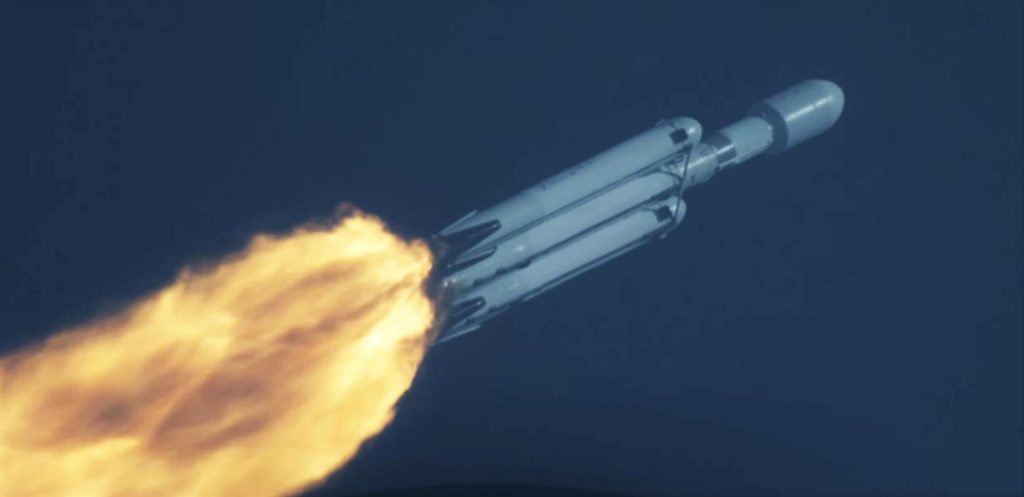
Next, on November 12th, SpaceX launched Intelsat’s Galaxy 31 and Galaxy 32 satellites to a similar supersynchronous transfer orbit, expending Falcon 9 booster B1051 in the process. Following B1049’s demise on November 22nd, SpaceX has expended a record three Falcon boosters in one month. The last time SpaceX intentionally expended two Falcon boosters in the same month was June 2018.
SpaceX’s rocket fleet now has 14 flight-proven Falcon boosters with an average of 8.7 launches per core. At least two new reusable boosters (B1076 and B1078) will enter the fleet within the next several months.
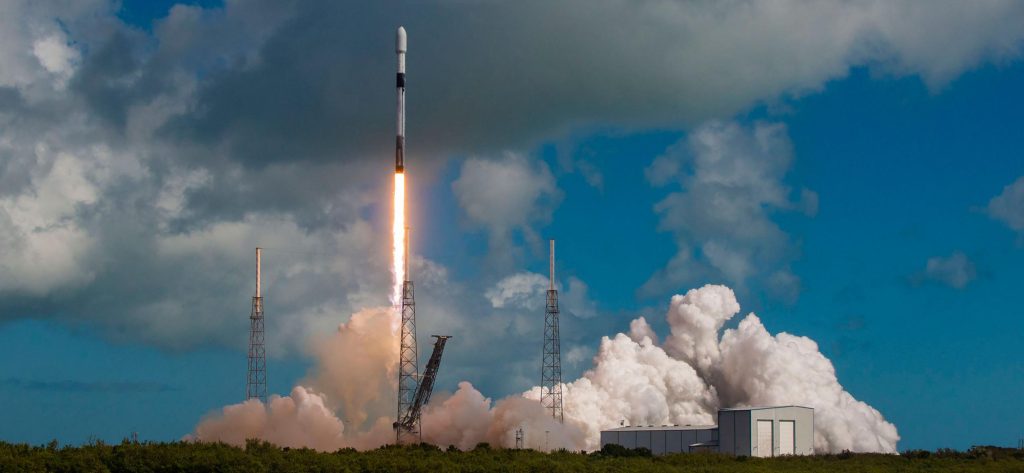

News
Tesla shares epic 2025 recap video, confirms start of Cybercab production
The cinematic montage, posted by the official Tesla account on X, celebrated the company’s progress in EVs, energy, and Robotaxi development.

Tesla has released an epic year-in-review video for 2025, recapping some of its major achievements from refreshed models to autonomy breakthroughs and production ramps.
The cinematic montage, posted by the official Tesla account on X, celebrated the company’s progress in EVs, energy, and Robotaxi development while looking ahead to an even bigger 2026.
Tesla’s 2025 highlights recap
Tesla has had a busy 2025, as highlighted in the recap video. The video opened with Elon Musk explaining the company’s pursuit of sustainable abundance. A number of milestones were then highlighted, such as the rollout of FSD v14, Optimus’ numerous demos, the opening of the Tesla Diner in Hollywood, LA, the completion of the world’s first autonomous car delivery, and the launch of the Robotaxi network in Austin and the San Francisco Bay Area.
Tesla also highlighted several of its accomplishments over the year. As per the company, the Model Y was the year’s best-selling vehicle globally again, and Teslas became more affordable than ever thanks to the Model 3 and Model Y Standard. Other key models were also rolled out, such as the refreshed Model S and X, as well as the new Model Y, the new Model Y Performance, and the six-seat, extended wheelbase Model Y L.
The Megablock was also unveiled during the year, and the Supercharger Network grew by 18%. Over 1 million Powerwalls were also installed during the year, and the Cybertruck became the first EV truck to get both an IIHS Top Safety Pick+ award and an NHTSA 5-Star safety rating.
Cybercab production confirmed
Interestingly enough, Tesla also confirmed in its 2025 recap video that the production of the Cybercab has started. This bodes well for the vehicle, as it could result in the vehicle really being mass-produced in the first half of 2026. Elon Musk confirmed during the 2025 Annual Shareholder Meeting that Cybercab production should earnestly start around April 2026.
Musk has also noted that the Cybercab will be Tesla’s highest-volume vehicle yet, with the company aiming for an annual production rate of about 2 million units. “If you’ve seen the design of the Cybercab line, it doesn’t look like a normal car manufacturing line,” Musk said earlier this year. “It looks like a really high-speed consumer electronics line. In fact, the line will move so fast that actually people can’t even get close to it.”
News
Tesla Cybercab is changing the look of Austin’s roads, and it’s not even in production yet
Videos and photos showed the sleek, two-seat autonomous vehicles navigating traffic.
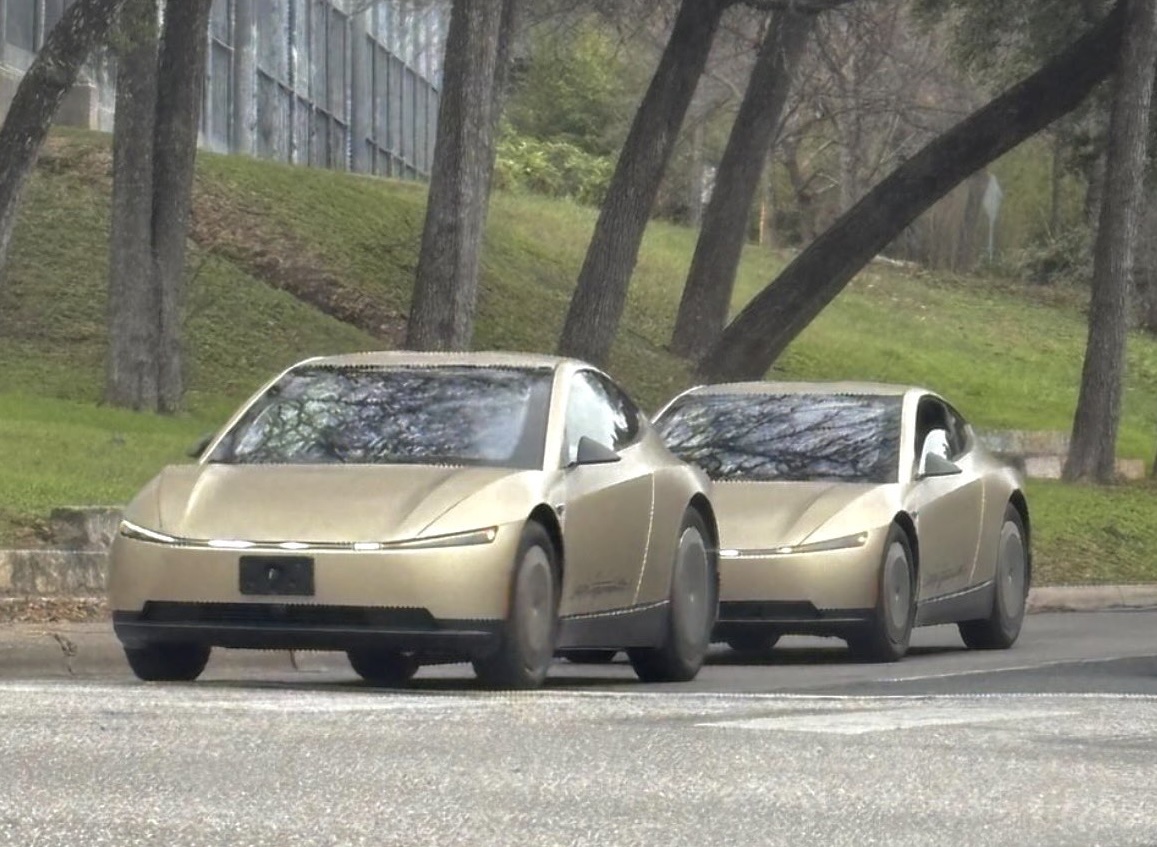
Even before entering production, Tesla’s Cybercab is already transforming the appearance of Austin’s streets, with multiple prototypes spotted testing in downtown areas recently.
Videos and photos showed the sleek, two-seat autonomous vehicles navigating traffic. Interestingly enough, the vehicles were equipped with temporary steering wheels and human safety drivers.
Recent Cybercab sightings
Over the weekend, enthusiasts captured footage of two Cybercabs driving together in central Austin, their futuristic silhouettes standing out amid regular traffic. While the vehicles featured temporary steering wheels and side mirrors for now, they retained their futuristic, production-intent exterior design.
Industry watcher Sawyer Merritt shared one of the vehicles’ videos, noting the increasing frequency of the autonomous two-seater’s sightings.
Previewing the autonomous future
Sightings of the Cybercab have been ramping in several key areas across the United States in recent weeks. Sightings include units at Apple’s Visitor Center in California, the Fremont factory test track, and in Austin’s streets.
The increased activity suggests that Tesla is in overdrive, validating the autonomous two-seater ahead of its planned volume production. Elon Musk confirmed at the 2025 Shareholder Meeting that manufacturing begins around April 2026 with ambitious targets, and during an All-Hands meeting earlier this year, Musk hinted that ultimately, Tesla’s factories should be able to produce one Cybercab every 10 seconds.
News
Tesla celebrates 9 million vehicles produced globally
The achievement, announced by Tesla Asia on X, celebrated not just the Shanghai team’s output but the company’s cumulative production across all its factories worldwide.
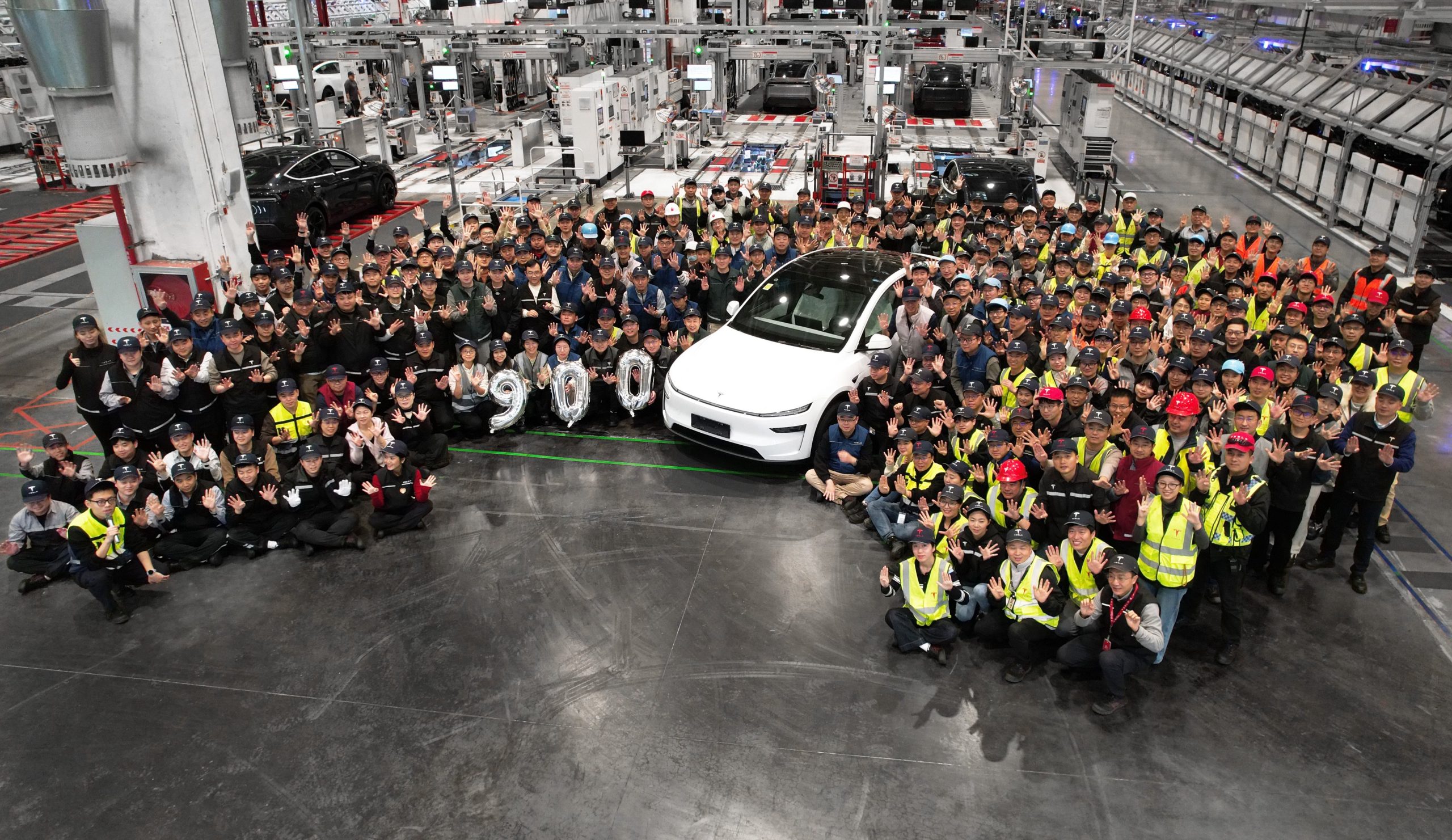
Tesla has achieved a new milestone, rolling out its nine millionth vehicle worldwide from Giga Shanghai.
The achievement, announced by Tesla Asia on X, celebrated not just the Shanghai team’s output but the company’s cumulative production across all its factories worldwide. The milestone came as 2025 drew to a close, and it inspired praise from some of the company’s key executives.
Tesla’s 9 million vehicle milestone
The commemorative photo from Tesla Asia featured the Giga Shanghai team assembled on the factory floor, surrounding the milestone Model Y unit, which looked pristine in white. The image was captioned: “Our 9 millionth vehicle globally has just rolled off the production line at Giga Shanghai. Thanks to our owners and supporters around the world.”
Senior Vice President of Automotive Tom Zhu praised Tesla’s factory teams for the remarkable milestone. He also shared his gratitude to Tesla owners for their support. “Congrats to all Tesla factories for this amazing milestone! Thanks to our owners for your continued support!” Zhu wrote in a post on X.
Giga Shanghai’s legacy
Tesla’s nine million vehicle milestone is especially impressive considering that just 207 days ago, the company announced that it had built its eight millionth car globally. The eight millionth Tesla, a red Model Y, was built in Giga Berlin. The fact that Tesla was able to build a million cars in less than seven months is quite an accomplishment.
Giga Shanghai, Tesla’s largest factory by volume, has been instrumental to the company’s overall operations, having reached four million cumulative vehicles earlier in 2025. The plant produces Model 3 and Model Y for both domestic Chinese and export markets, making it the company’s primary vehicle export hub.








